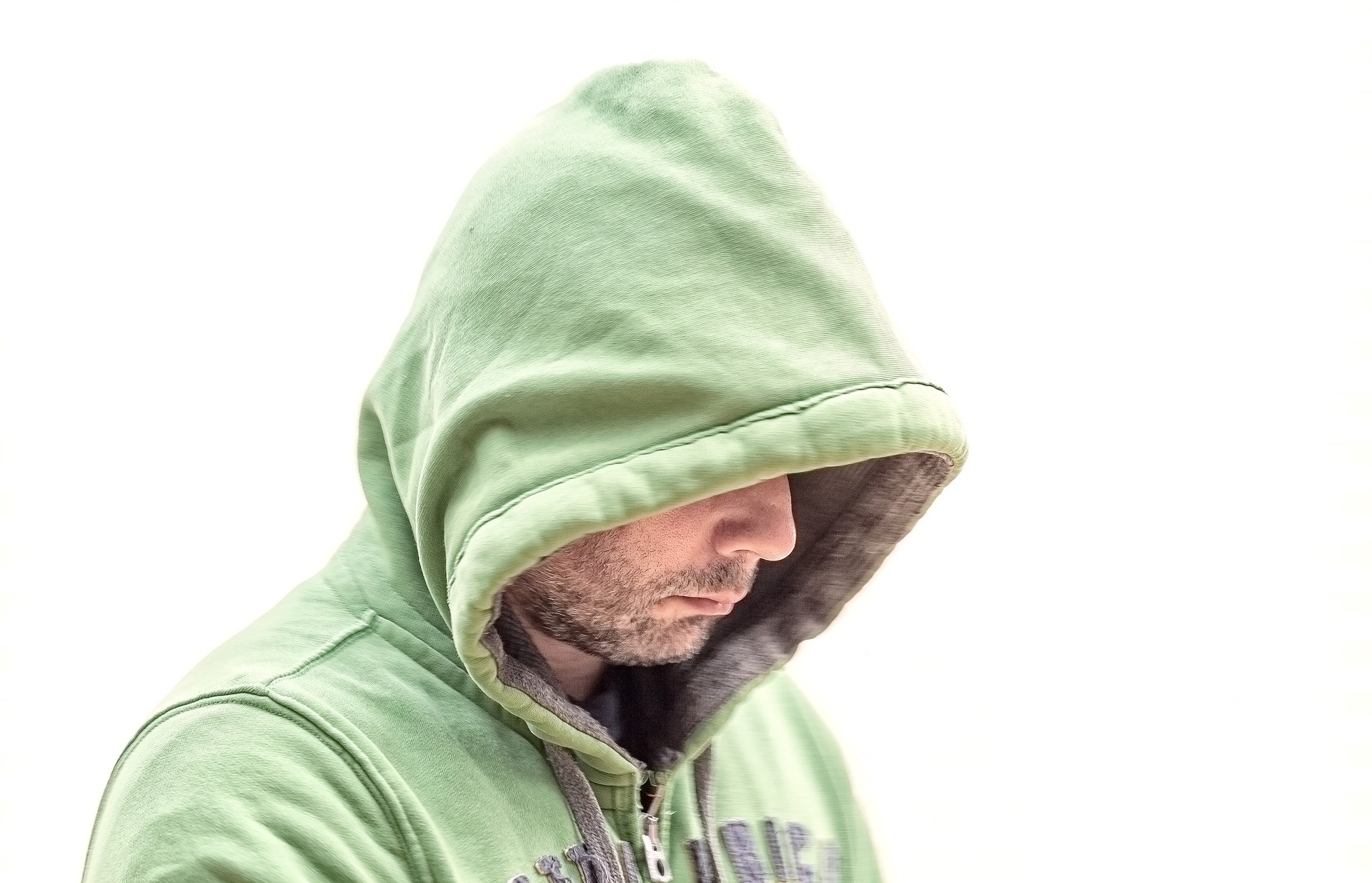Over time, marijuana abuse affects the way the brain works and can sometimes lead to dependence and addiction.
Marijuana Addiction – How Addictive is It and When to Seek Treatment
Marijuana use has seen a long history of changing viewpoints, all of which have led up to today’s changing laws regarding marijuana use. According to Psychology Today, as of 2009, marijuana was the primary drug of abuse for an estimated 61 percent of people under the age of 15, while 18 percent of people entering drug treatment in that same year identified marijuana as their primary drug of abuse.
While marijuana does offer certain medicinal benefits, recreational use of this drug comes with a definite risk of abuse and marijuana addiction. Granted, marijuana is nowhere near as addictive as opiates or stimulants, though signs of someone needing treatment help are pretty much the same.
Marijuana’s Addiction Potential
According to the National Institute on Drug Abuse, an estimated nine percent of people who try marijuana will become dependent on the drug’s effects. In cases where marijuana use starts during the teenage years, 17 percent develop a dependence on the drug. For daily marijuana users, anywhere from 25 to 50 percent will become dependent on the drug. Overall, of the 6.9 million Americans dependent on illicit drugs in 2013, 4.2 million were marijuana users.
Characteristics of an Addictive Drug
Addictive drugs, also known as psychoactive agents, all have one thing in common: they all interfere with the brain’s chemical makeup. Most all addictive substances share certain similarities with one or more of the brain’s neurotransmitter chemicals.
Any substance capable of altering the brain’s chemical activities carries a potential for abuse and eventual addiction. Marijuana addiction develops along these same lines.
Along with marijuana, addictive substances produce the following effects:
- Compulsive drug use
- Withdrawal effects
- Psychological dependence
- Lifestyle changes
Marijuana’s Effects in the Brain
THC, the active ingredient in marijuana, accounts for marijuana’s addictive effects. When ingested, THC interacts with the neurotransmitter anandamide, which enables the drug to bind with the brain’s cannabinoid receptors, according to the University of Maryland.
Cannabinoid receptors reside in the areas of the brain regulating reasoning, coordination, short-term memory and muscle movements controlled by the autonomic nervous system. Marijuana addiction stems from the ongoing effects of the drug on neurotransmitter production within the cannabinoid system.
Physical Dependence
Over time, brain chemical processes come to depend on marijuana to regulate the body’s functions. When this happens, the brain becomes dependent on the drug’s effects at which point users start to experience withdrawal symptoms, such as:
- Problems sleeping
- Irritability
- Inability to concentrate
- Mood swings
- Anxiety
The discomfort associated with withdrawal drives most users to take more of the drug to gain relief. This practice marks the beginnings of the marijuana addiction cycle.
Signs of Marijuana Addiction
Once physical dependency sets in, the brain has developed marked chemical balances that ultimately impair its overall functional capacity. After a certain point, the mesolimbic pathway, also known as the brain reward system, starts to “define” marijuana’s effects as an essential need (much like it defines food and water) within a person’s daily life. These changes lie at the heart of marijuana addiction.
According to Brown University, signs of marijuana addiction take shape within a person’s lifestyle, such as:
- Not showing up for work
- Spending money on drugs instead of paying the bills
- Isolating from friends and family
- Risk-taking behaviors
- Loss of interest in once enjoyed activities and pursuits
Marijuana’s ability to alter a person’s behaviors and lifestyle can bring on any number of unforeseen consequences. Once marijuana addiction starts to cause these types of problems in a person’s life, it’s time to get needed treatment help.
the Take-Away


